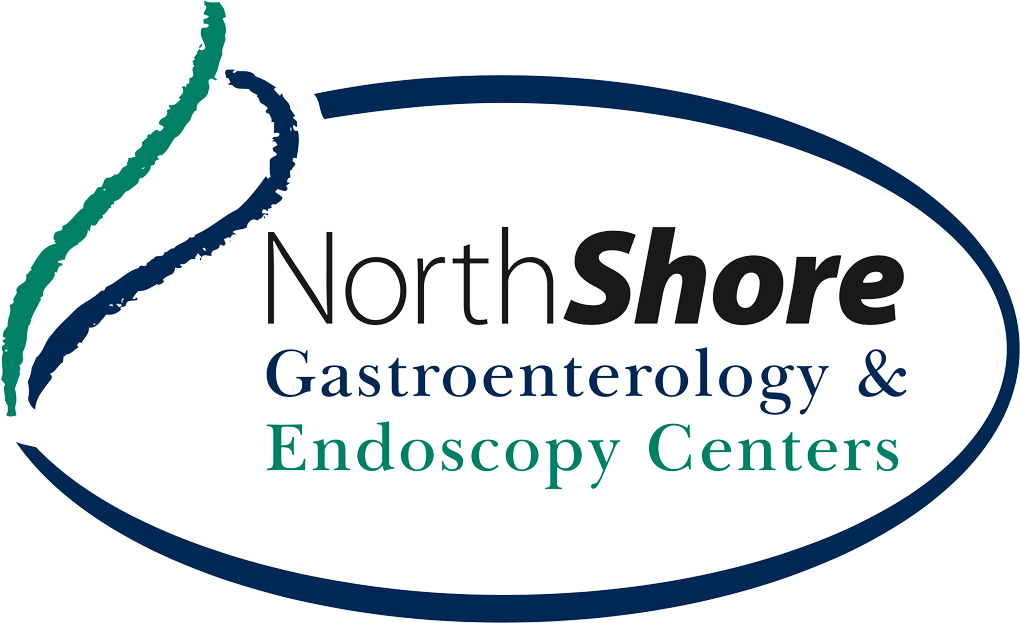Laparoscopic Splenectomy
Introduction
In the past, traditional open surgery methods were the only option for removing the spleen. This method was an invasive procedure and required a large incision. An open splenectomy requires an in-patient stay of up to about a week and up to six weeks for a full recovery. Laparoscopic splenectomy is an alternative to open traditional surgery for some people.
Laparoscopic splenectomy is performed with a laparoscope. A laparoscope is a thin viewing instrument with a miniature camera at the end. The laparoscope is inserted through small incisions. The camera transmits images to a video screen, which a surgeon uses to guide the surgery. Thin surgical instruments are passed through the incisions to perform the procedure. Because only small incisions are necessary for laparoscopic splenectomy, this procedure is associated with less pain, less bleeding, fewer complications, a shorter hospital stay, and a quicker recovery time than with traditional open splenectomy methods.
Treatment
You can expect to spend a few days in the hospital following your surgery. You may experience some temporary shoulder discomfort or pain from the expansion of your abdomen with the carbon dioxide gas. With laparoscopic surgery, you can expect less pain, less scarring, and a return to your regular activities earlier than with traditional open surgery methods. Again, you can live without a spleen, and your liver will eventually take over some of its functions. Your doctor will carefully monitor you during follow-up appointments.

Copyright © - iHealthSpot Interactive - www.iHealthSpot.com
This information is intended for educational and informational purposes only. It should not be used in place of an individual consultation or examination or replace the advice of your health care professional and should not be relied upon to determine diagnosis or course of treatment.
The iHealthSpot patient education library was written collaboratively by the iHealthSpot editorial team which includes Senior Medical Authors Dr. Mary Car-Blanchard, OTD/OTR/L and Valerie K. Clark, and the following editorial advisors: Steve Meadows, MD, Ernie F. Soto, DDS, Ronald J. Glatzer, MD, Jonathan Rosenberg, MD, Christopher M. Nolte, MD, David Applebaum, MD, Jonathan M. Tarrash, MD, and Paula Soto, RN/BSN. This content complies with the HONcode standard for trustworthy health information. The library commenced development on September 1, 2005 with the latest update/addition on February 16, 2022. For information on iHealthSpot’s other services including medical website design, visit www.iHealthSpot.com.
